Vietnam travel itinerary is one of the most searched topics among international travelers who are planning their first journey to Southeast Asia. With a diverse landscape, rich cultural heritage, and unique cuisine, Vietnam offers a perfect blend of relaxation and adventure. Choosing the right route can make a huge difference, ensuring you experience both iconic landmarks and hidden treasures. Indochina Today Travel brings you a carefully curated guide to help you plan an unforgettable trip that balances beaches, culture, and thrilling experiences.
Why Vietnam Should Be on Your Bucket List
When thinking about destinations that combine natural beauty, history, and affordability, Vietnam often stands out. From the bustling energy of Hanoi to the tranquil beaches of Phu Quoc, the country provides endless opportunities for discovery. A well-structured Vietnam travel itinerary allows you to move seamlessly from one region to another while maximizing your time and budget. Whether you are an adventurous backpacker or a luxury seeker, Vietnam delivers experiences tailored for every type of traveler.
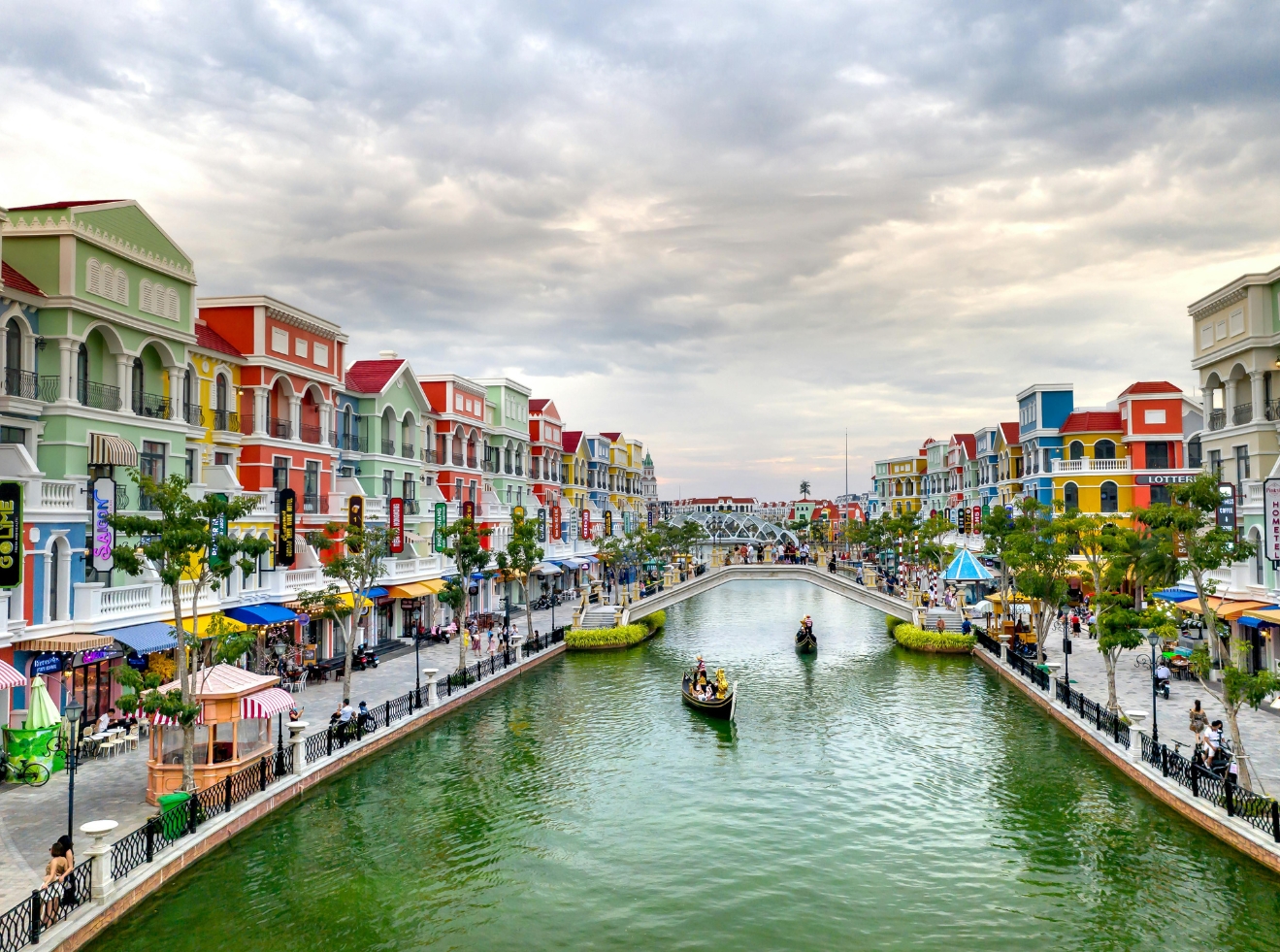
Beyond its stunning scenery, Vietnam is also a destination where traditions and modernity coexist. Ancient temples stand beside French colonial architecture, and vibrant street markets hum with activity while modern cafés cater to younger crowds. Travelers often describe their time in Vietnam as life-changing because the journey reveals both natural wonders and deep cultural connections.
Starting Your Vietnam Journey: The North
A complete Vietnam travel itinerary typically begins in the north, where Hanoi serves as a cultural and historical gateway. Walking through the Old Quarter is like stepping back in time, with narrow streets dedicated to traditional trades. Hoan Kiem Lake and the Temple of Literature provide peaceful escapes within the bustling city.
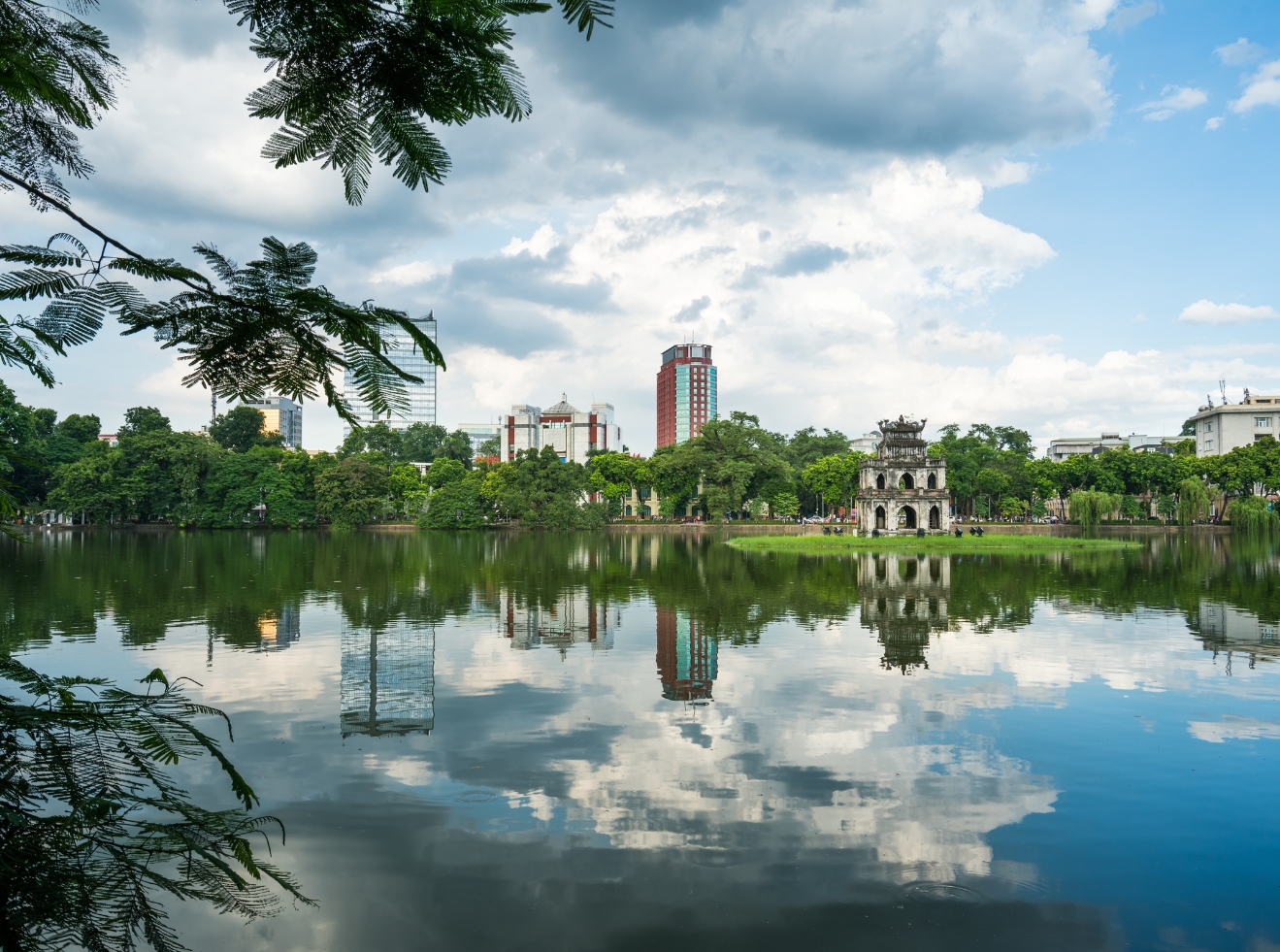
From Hanoi, many travelers head to Halong Bay, a UNESCO World Heritage site famous for its emerald waters and limestone karsts. Cruising overnight on the bay allows you to witness breathtaking sunsets and sunrises. For those who enjoy outdoor adventure, trekking in Sapa offers the chance to explore terraced rice fields and meet ethnic minority communities. These northern highlights set the stage for the diversity awaiting further south.
If you are looking for a more comprehensive option, many agencies include Hanoi and Halong Bay in their Vietnam classic tours, which combine the country’s most iconic destinations into one seamless experience.
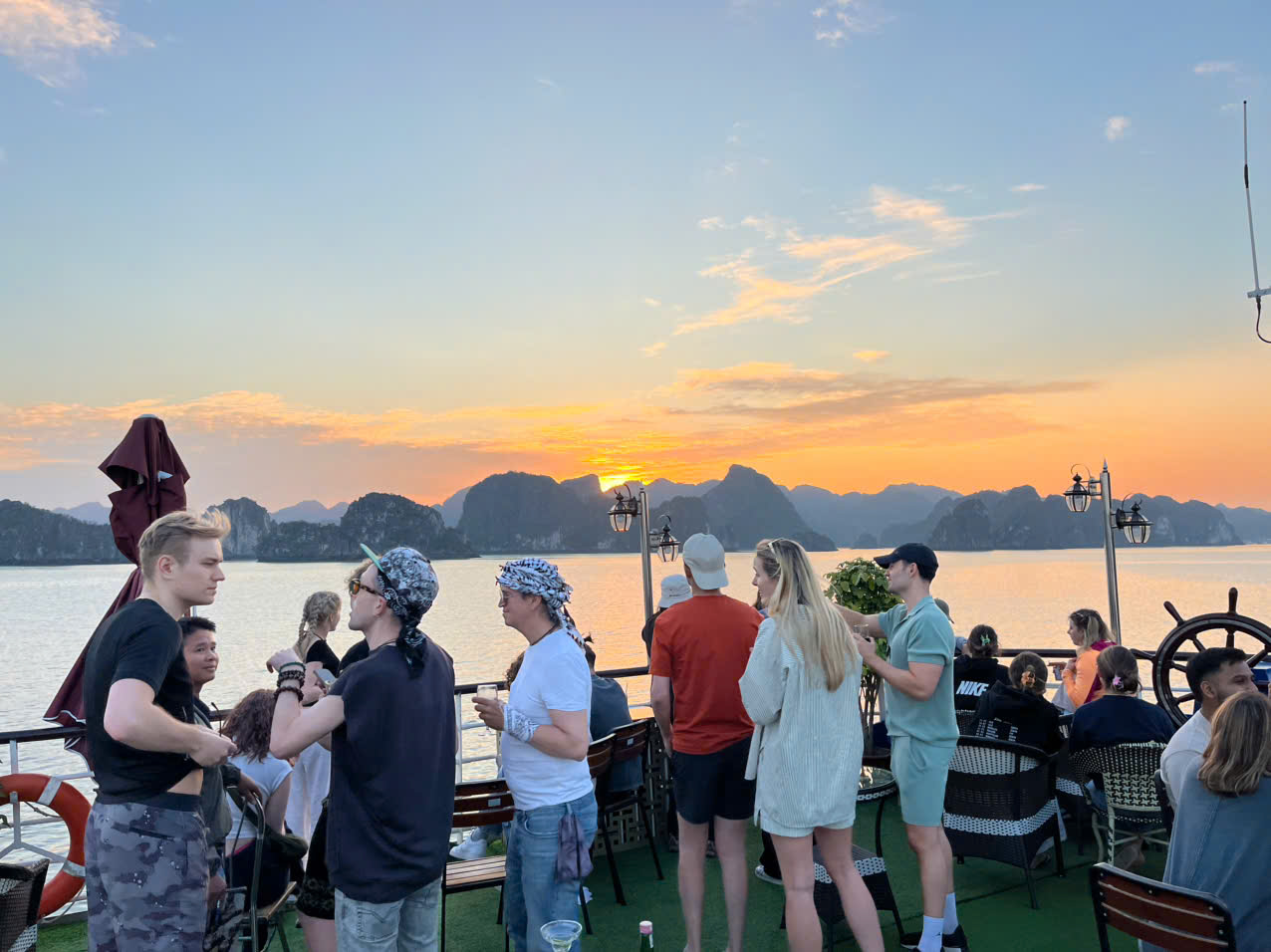
The Heart of the Country: Central Vietnam
Moving south, a Vietnam travel itinerary should always feature Central Vietnam, home to cultural gems and coastal beauty. The ancient town of Hoi An enchants visitors with its lantern-lit evenings, traditional tailor shops, and riverside cafés. Just a short drive away, Da Nang offers stunning beaches and a modern, youthful energy. Hue, once the imperial capital, provides a deep dive into Vietnam’s royal history through its citadel and ancient tombs.
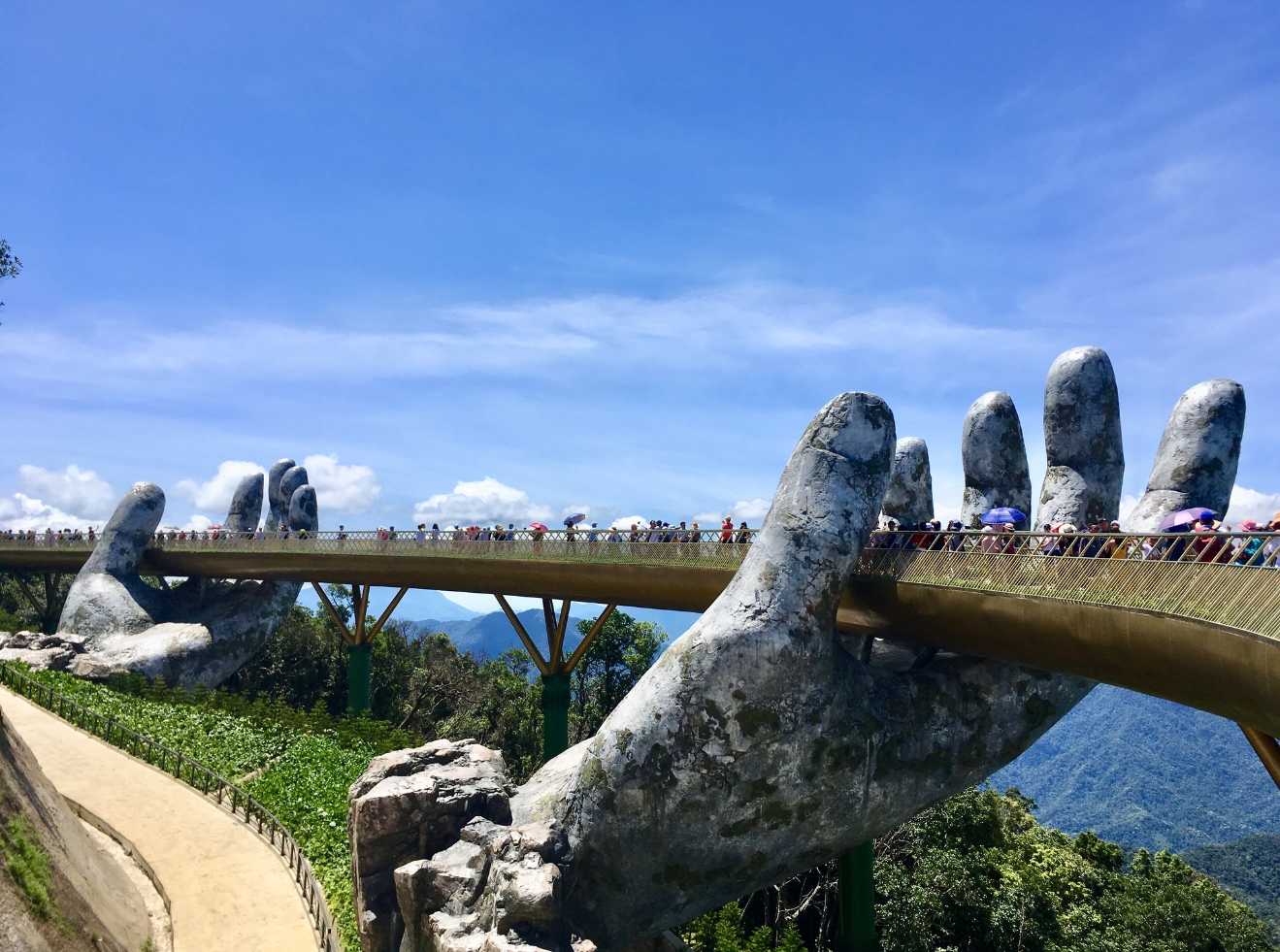
For those who enjoy adventure, the Marble Mountains and Son Doong Cave present incredible natural wonders worth exploring. Central Vietnam is not only rich in culture but also perfect for those seeking both relaxation and excitement. Many travelers prefer guided central Vietnam tours as they simplify logistics and ensure nothing important is missed along the journey.
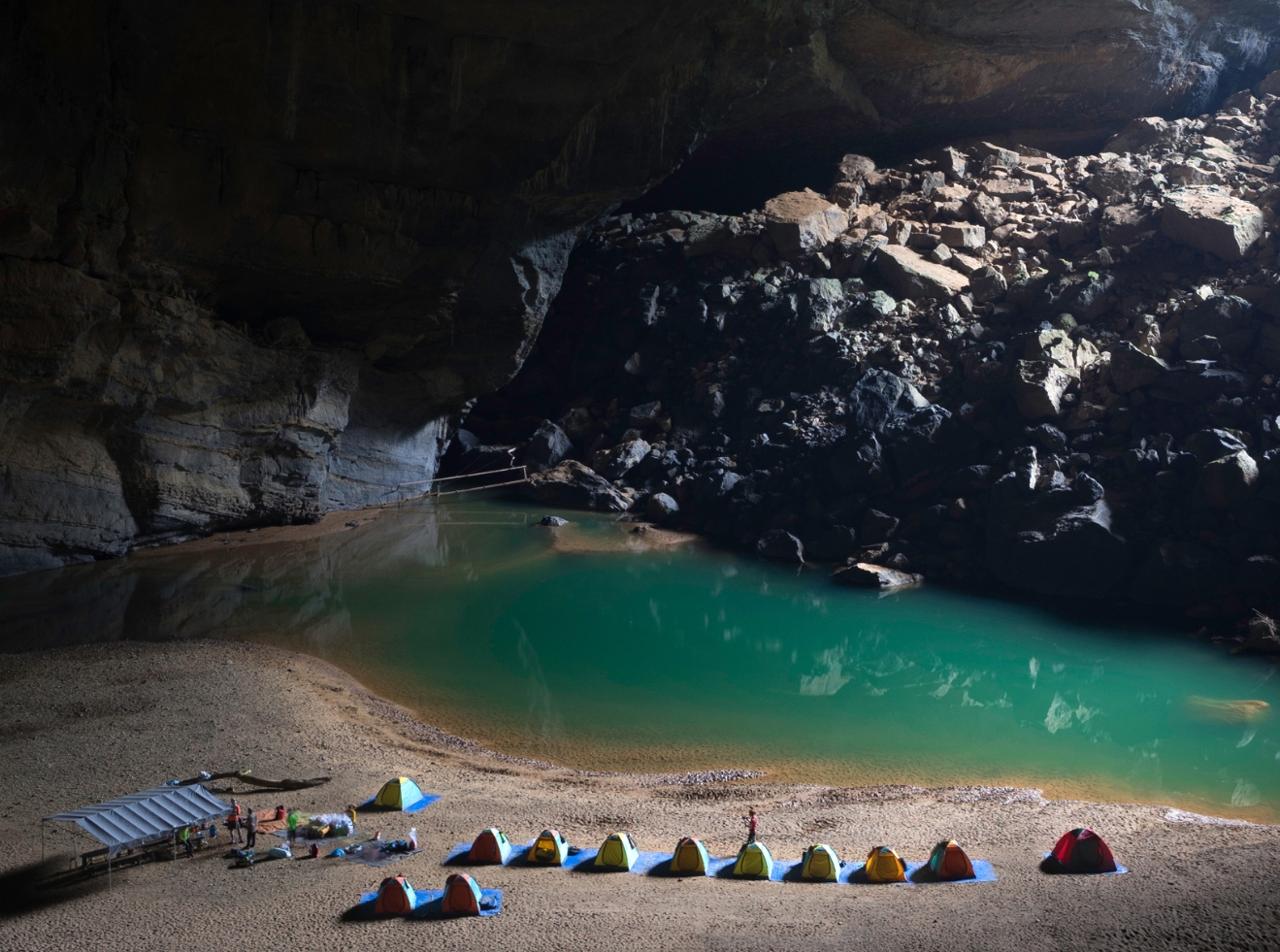
The Vibrant South: Ho Chi Minh City and Beyond
Every well-rounded Vietnam travel itinerary ends in the south, where Ho Chi Minh City bursts with life. Known for its skyscrapers, lively markets, and rich wartime history, the city contrasts sharply with the peaceful countryside nearby. The Cu Chi Tunnels offer insight into Vietnam’s past, while a boat trip through the Mekong Delta introduces visitors to a slower, more traditional lifestyle.
Beaches are another highlight in southern Vietnam. Phu Quoc Island is a tropical paradise with white sandy beaches and crystal-clear waters, making it an ideal spot for relaxation after exploring bustling cities. For those who prefer something less crowded, Mui Ne offers beautiful coastlines along with unique sand dunes for adventure activities.

To make the most of this region, joining one of the Vietnam small group tours can enhance the experience. Small groups ensure personalized guidance, meaningful cultural encounters, and the chance to meet like-minded travelers.
Balancing Culture, Nature, and Leisure
The beauty of creating a Vietnam travel itinerary lies in its flexibility. You can adjust your route depending on how much time you have and what interests you most. For culture lovers, Vietnam’s temples, museums, and local villages provide deep insights. Nature enthusiasts can trek mountains, dive into caves, or relax on pristine beaches. Meanwhile, foodies will fall in love with Vietnam’s culinary offerings, from pho and banh mi to fresh seafood dishes along the coast.
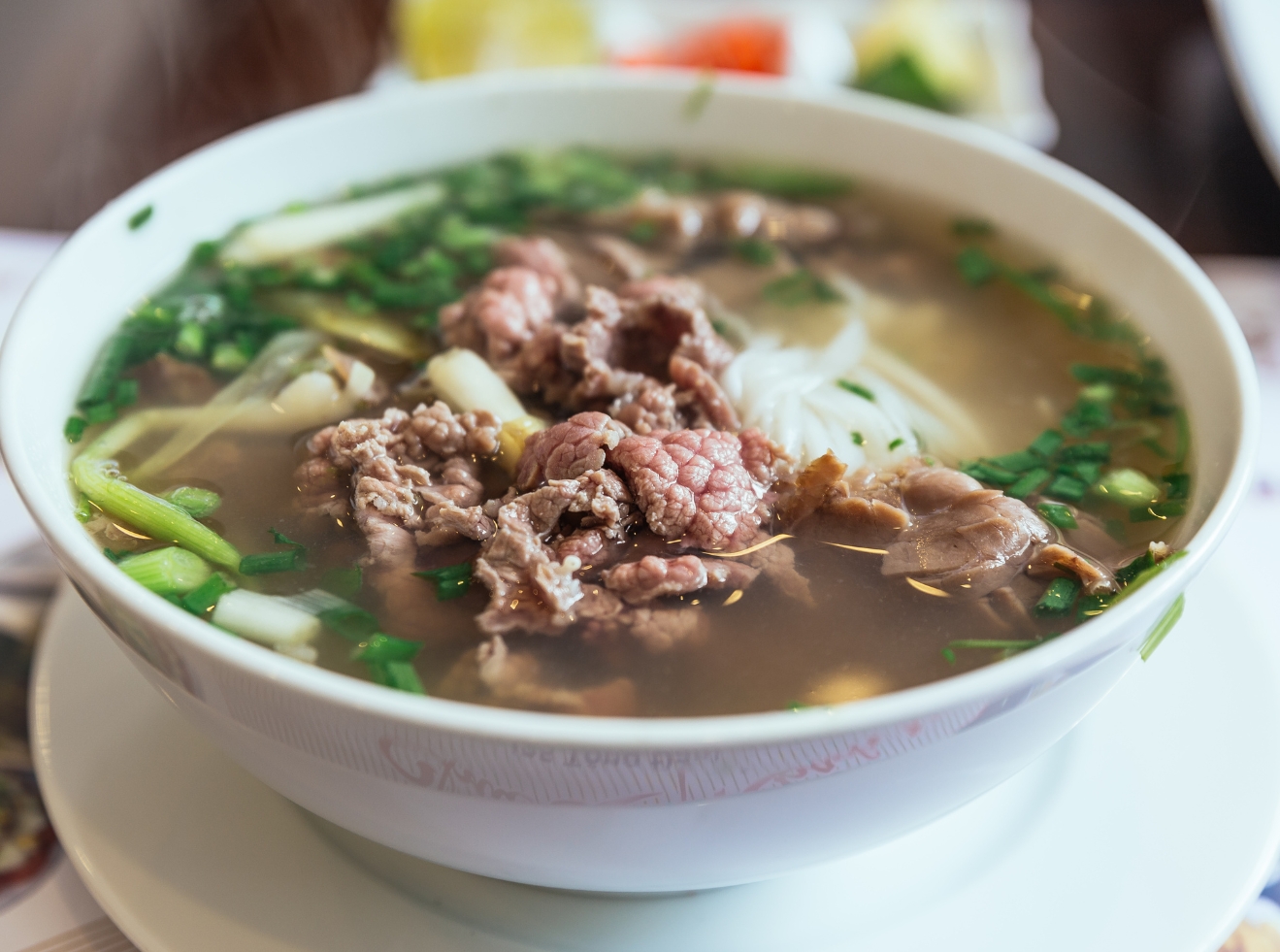
Many agencies, including Indochina Today Travel, offer Vietnam tours package options that cater to diverse interests. These packages save time and effort in planning, allowing you to focus on enjoying every moment of the trip. Whether you opt for a long holiday or a shorter escape, Vietnam never fails to impress.
Choosing the Right Duration for Your Trip
One of the most common questions travelers ask when designing a Vietnam travel itinerary is how much time is enough. Ideally, two weeks provide a good balance, allowing you to explore the north, central, and south at a comfortable pace. With 10 days, you can still cover major highlights like Hanoi, Halong Bay, Hoi An, and Ho Chi Minh City, but the journey will be more fast-paced.
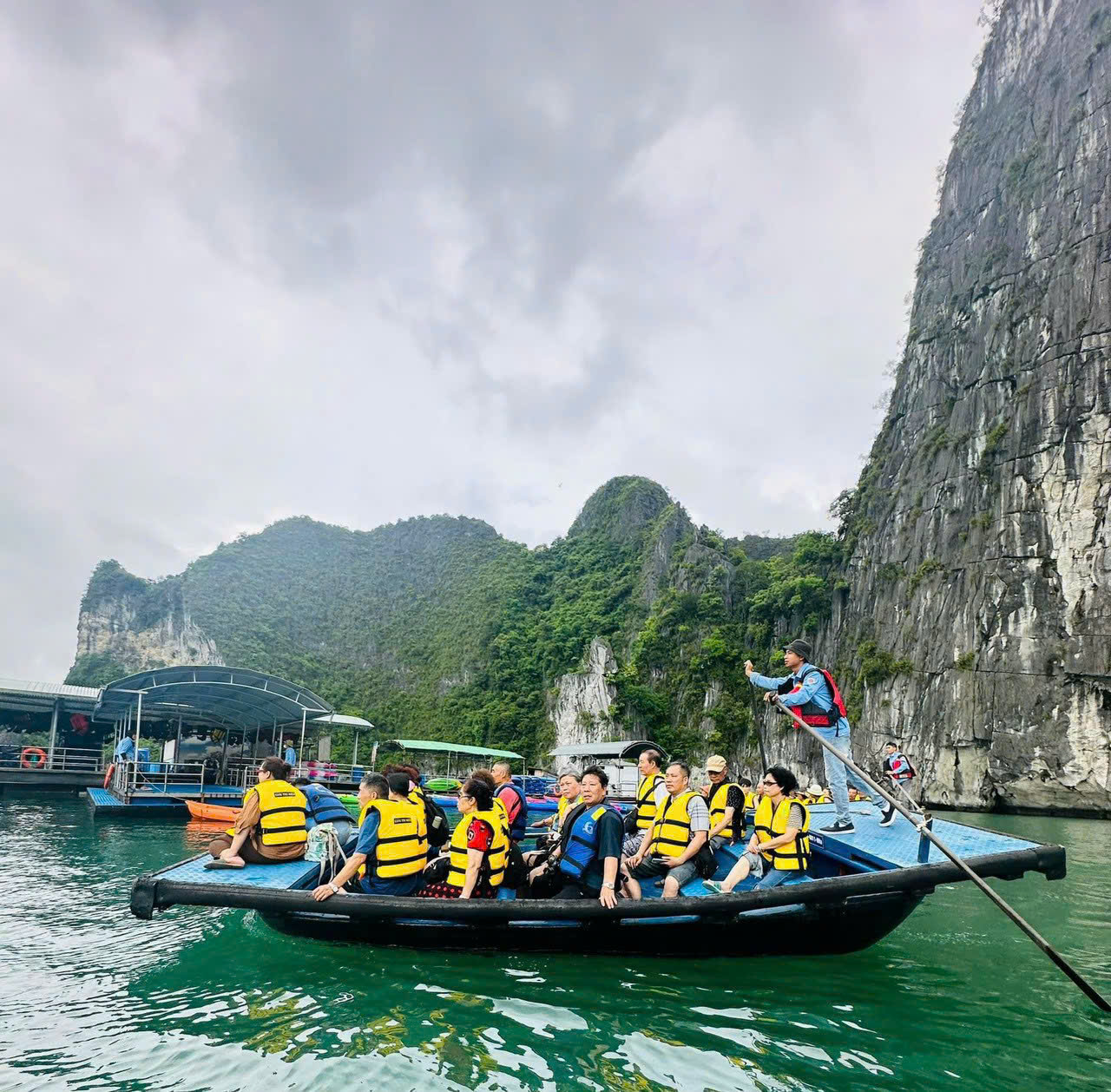
For those who only have a week, focusing on either the north and central regions or central and south will make the experience more enjoyable. The key is not to rush but to immerse yourself in each destination, savoring its unique flavors and atmosphere. Indochina Today Travel often recommends a flexible plan where you can add or skip destinations based on your personal preferences.
Seasonal Considerations
A successful Vietnam travel itinerary is not only about destinations but also timing. Weather can vary greatly from one region to another, making planning essential. The best time to visit Vietnam depends on whether you prefer cooler climates in the north, dry beach days along the central coast, or tropical warmth in the south. Generally, spring (March–April) and autumn (September–November) offer the most favorable conditions across the country.
Traveling during the rainy season may still be possible, but heavy downpours can affect outdoor activities. Planning around weather ensures that you enjoy the journey to the fullest without unexpected disruptions.
Tailor-Made Experiences for Every Traveler
No two travelers are alike, which is why building a personalized Vietnam travel itinerary is so important. Some travelers focus on historical sites, while others prioritize outdoor adventure or culinary discovery. Families may choose a slower pace with plenty of beach time, while solo travelers often look for vibrant cities and group activities.
If you are seeking a well-rounded journey, Indochina Today Travel can design customized Vietnam travel package options that match your travel style. From boutique hotels to luxury resorts, private transfers to guided tours, every detail can be adjusted to make your trip truly yours.
Budgeting for Your Vietnam Trip
One of the advantages of planning a Vietnam travel itinerary is affordability. Vietnam is known as one of the most budget-friendly destinations in Asia, offering incredible value without compromising quality. Street food is delicious and inexpensive, public transportation is widely available, and accommodation ranges from affordable hostels to luxury resorts.
For those who wish to maximize savings, Vietnam cheap tours are a great option. They allow you to explore iconic attractions while staying within budget. On the other hand, luxury travelers can find five-star resorts and high-end experiences that rival any global destination. The flexibility of Vietnam makes it attractive for all types of budgets.
Popular Tour Options
When deciding on a Vietnam travel itinerary, many visitors turn to organized tours to simplify logistics. With numerous choices available, it’s important to select the one that fits your style.
If you are looking for a well-rounded exploration, the best Vietnam tours often include a mix of culture, nature, and beach relaxation. These tours highlight the country’s diversity and ensure you don’t miss its most significant attractions.
Shorter guided trips are ideal for those who only have limited time, focusing on specific regions like Hanoi and Halong Bay or Hue and Hoi An.
Group travelers often prefer Vietnam small group tours, which balance guidance with social interaction.
For independent travelers, booking a flexible Vietnam tours package or working with a local agency to design a custom plan provides freedom while ensuring essential services are included.
Each option has its advantages, but all aim to give you a smooth and memorable journey through Vietnam.
Cultural Highlights Not to Miss
A complete Vietnam travel itinerary should also include experiences beyond sightseeing. Attending a traditional water puppet show in Hanoi, cycling through Hoi An’s rice paddies, or tasting fresh tropical fruits in the Mekong Delta are memories that last a lifetime. Vietnamese hospitality adds another layer to your journey, as locals often welcome travelers with warm smiles and genuine curiosity.
Markets are another cultural highlight. Whether it’s Ben Thanh Market in Ho Chi Minh City or Dong Xuan Market in Hanoi, these bustling spaces offer everything from handicrafts to local snacks. They are the perfect place to practice bargaining and discover everyday Vietnamese life.
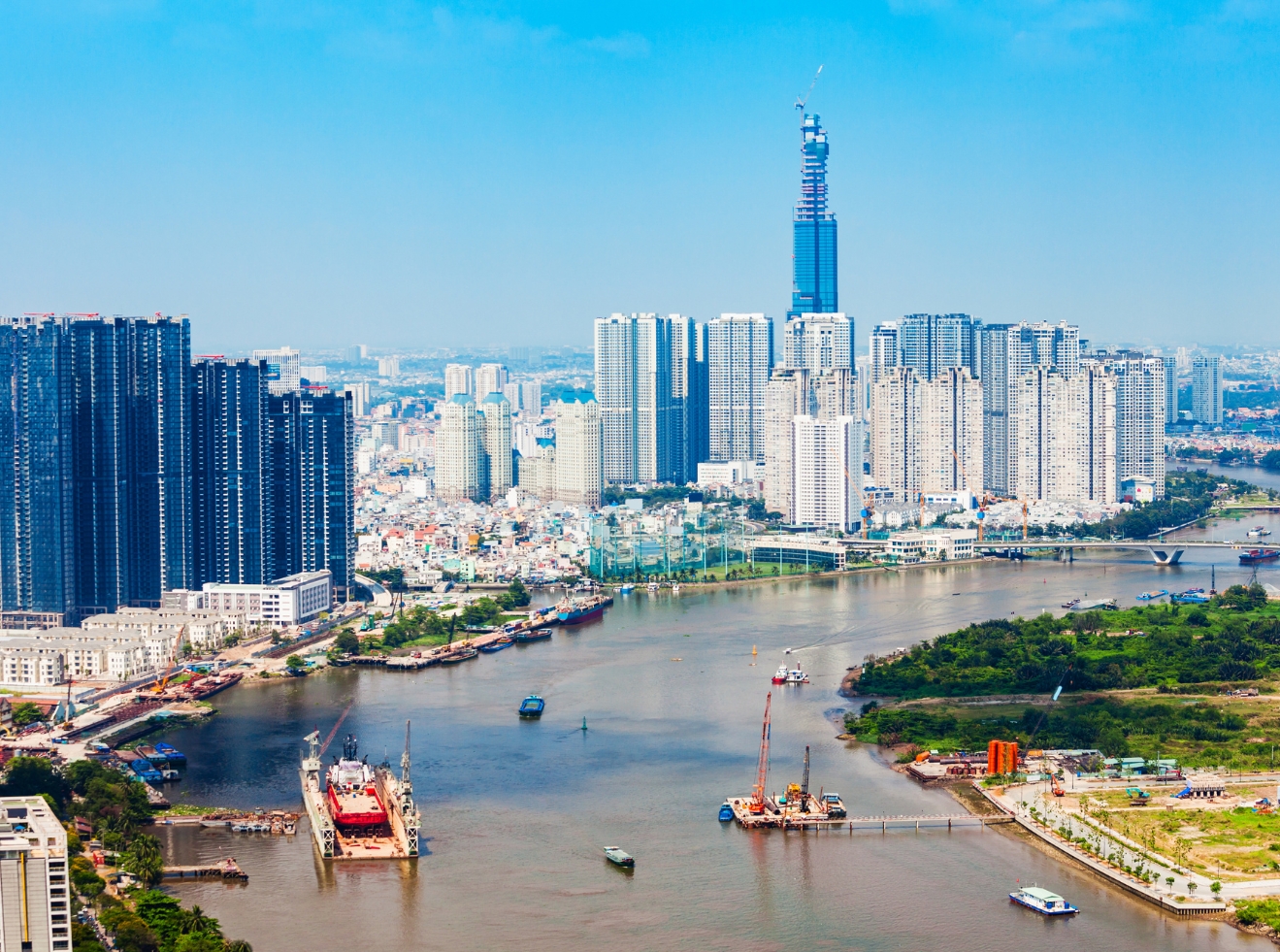
Your Vietnam Travel Itinerary Questions Answered
1. How many days do I need for a Vietnam travel itinerary?
Ideally, 14 days allow you to experience all three regions—north, central, and south—at a relaxed pace. Shorter trips of 7–10 days are possible but require focusing on fewer destinations.
2. What is the best time to visit Vietnam?
The best seasons are spring (March–April) and autumn (September–November) when the weather is more stable across the country. However, each region has its own climate, so planning accordingly is essential.
3. Can I travel on a budget in Vietnam?
Yes, Vietnam is one of the most budget-friendly destinations in Asia. With Vietnam cheap tours, affordable street food, and a wide range of accommodations, travelers can enjoy a full experience without overspending.
Designing a Vietnam travel itinerary requires balancing destinations, time, and budget while considering your personal interests. With its stunning beaches, rich culture, and adventurous landscapes, Vietnam is a destination that truly has it all. By carefully selecting routes and experiences, you can ensure that your journey is not only enjoyable but also unforgettable.
Indochina Today Travel specializes in helping visitors craft the perfect trip, whether you are seeking adventure, cultural immersion, or pure relaxation. With carefully designed Vietnam travel package options, every traveler can find a journey that matches their dream vacation.
Add: Phuc Loi, Hanoi, Vietnam
Hotline / WhatsApp: +84.988.176.761
Email: sales@indochinatodaytravel.com
Phone: +84.24.6685.5566
Website: indochinatodaytravel.com

